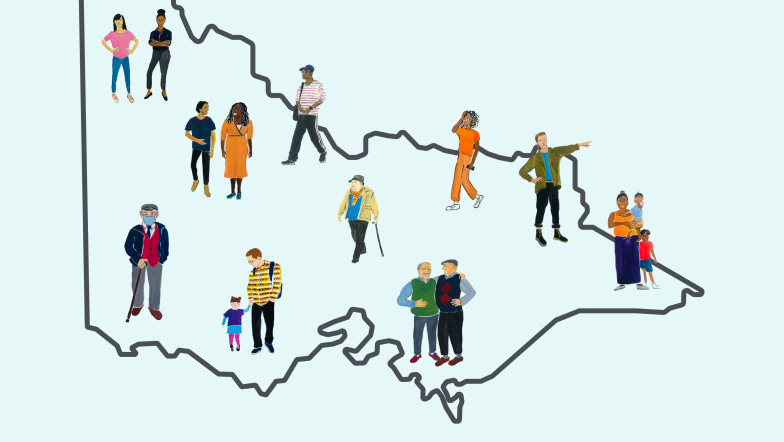Improving the bankruptcy system to protect more Australians
4 Jan 2024
In today’s economic climate and cost of living crisis, the number of people incurring personal debts has risen drastically. The current threshold for bankruptcy is $10,000, which means there is an increased possibility that more people may be bankrupted over small debts, and could even lose their family homes. The system that governs and regulates insolvency needs to be fair, current, and effective.
The Commonwealth Attorney-General’s Department are currently reviewing Australia’s personal insolvency system, with a view to identifying key aspects for reform. Justice Connect actively supports and calls for changes to the bankruptcy system that would introduce fairer provisions to support more members of our society. Alongside other organisations with expertise in financial rights, we’ve made a joint submission to the Commonwealth Attorney-General’s Department calling for urgent reforms.
An outdated bankruptcy system
Australia’s insolvency system is governed by the Bankruptcy Act 1966, legislation that is almost 60 years old and incompatible with meeting the needs of Australians today. Given the limited number of financial counselling services available to the public, 1 in 5 people are still unable to access suitable advice and services within a 2-week period. This poses a significant challenge when recognising that the timeframe to respond to a bankruptcy notice is 21 days, leaving people unable to rationally plan for what lies ahead. This is just one example of how our current system is not fit-for-purpose, and in need of reform to ensure it works fairly for everyone experiencing bankruptcy.
Our recommendations for reform
In our recent submission, we made a number of recommendations to improve how the bankruptcy system operates, including:
-
Increasing the bankruptcy threshold to $50,000 to ensure that vulnerable members of our society are not significantly disadvantaged over small debts incurred in rare times of financial hardship.
-
Removing permanent listings from the National Personal Insolvency Index (NPII), a public and permanent listing of all individuals who have been made bankrupt. There is no public policy purpose to continue the listing of individuals for a lifetime, which ultimately affects their ability to apply for something as important as a rental property, and something as simple as a post-paid mobile plan.
-
Reforming certain laws to enable the prevention of people entering debt agreements that they cannot afford, with the recommended threshold being the National Minimum Wage.
- Protecting properties bought wholly or partially with compensation payments from the National Redress Scheme for Institutional Sexual Abuse and Territories Stolen Generations Redress Scheme. The purpose of Redress Payments is to address the injustices and trauma experienced by victims, and yet their compensation is currently at risk during the bankruptcy process due to gaps in legislation.
Strengthening the sector’s understanding of bankruptcy
In addition to advocating for legal reform, Justice Connect, with the support of the Victorian Law Foundation, is conducting research into the circumstances, attitudes, and behaviours that lead people into involuntary bankruptcy in Victoria. The first empirical study of its kind, our research aims to inform service design and policy creation around how our current legal services model can better address common financial legal issues and prevent escalation to court.
If you are interested in finding out more about this research, or discussing your experience, we would like to hear from you.
To find out more about how to get involved, contact accessprogramresearch@justiceconnect.org.au or download the PDF below.
Today’s cost of living crisis calls for immediate action to improve Australia’s insolvency system.

